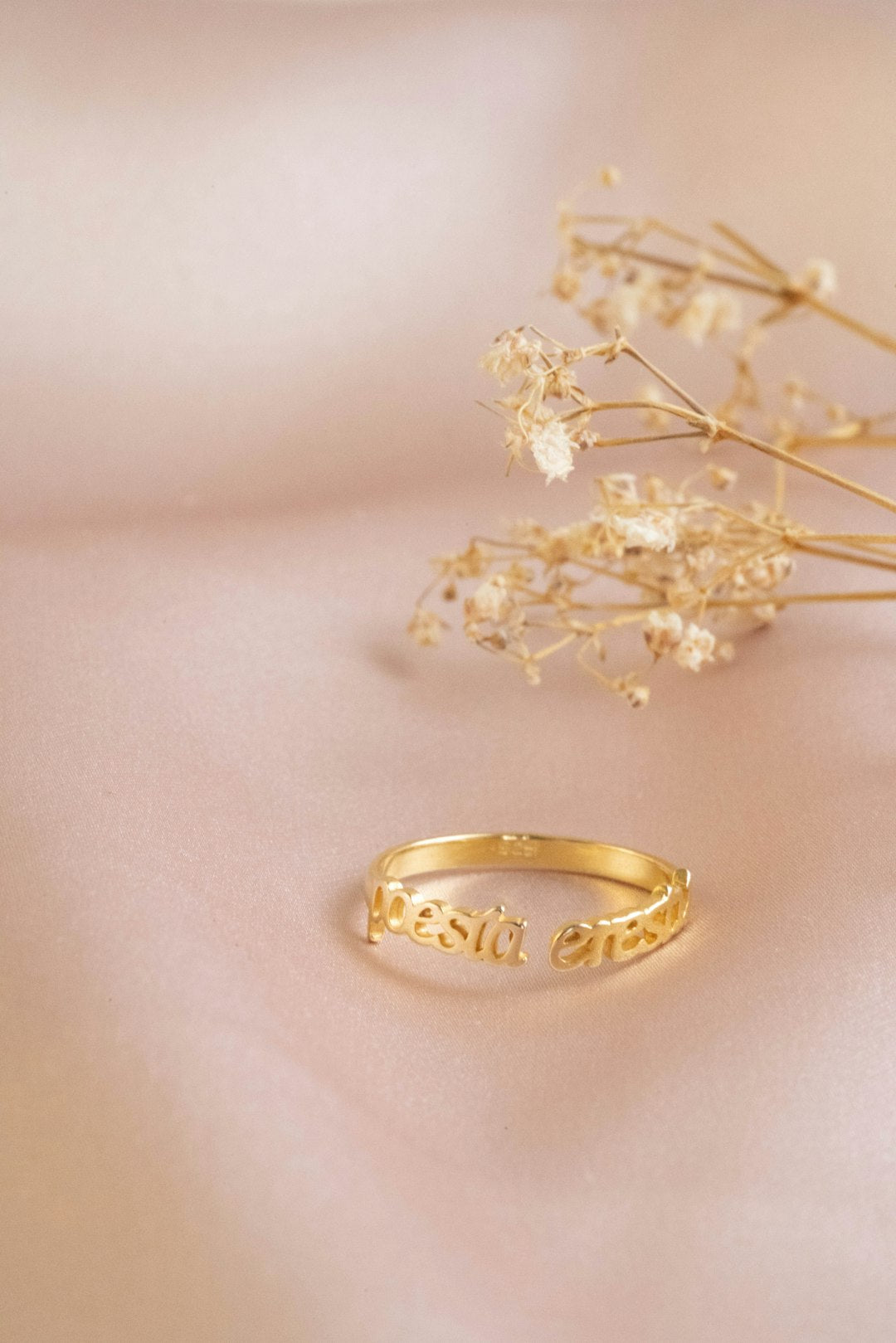Emeralds have long been cherished for their stunning color and rarity, making them a popular choice in the world of precious gemstones. Elevating any ensemble, natural emerald jewelry exudes elegance and luxury. However, the market is flooded with imitations and synthetic products, making it essential to know how to authenticate fine emerald jewelry—whether it be emerald rings, fine emerald necklaces, emerald earrings, or luxury emerald bracelets. In this detailed guide, we will explore the best methods for ensuring the authenticity of your precious pieces.
The Importance of Authenticity in Fine Emerald Jewelry
Fine emerald jewelry is an investment, not just a fashion statement. Understanding the authenticity of your piece is crucial for several reasons:
- Value Retention: Genuine emeralds have significant resale value; knowing how to authenticate helps maintain your investment.
- Aesthetic Appeal: Authentic emeralds possess vibrant colors and unique inclusions that synthetic ones lack.
- Health & Safety: Some fake emeralds contain harmful materials; verifying authenticity can safeguard your well-being.
Understanding Emerald Characteristics
To authenticate fine emerald jewelry, it’s important to familiarize yourself with the characteristics that define genuine emeralds. Emeralds are a variety of the mineral beryl and have a unique set of features:
Color
The most defining feature of emeralds is their rich green hue, which can vary from blue-green to yellow-green. Authentic emeralds often display a vibrant, uniform color that is more difficult to replicate in synthetics.
Inclusions
Genuine emeralds frequently contain inclusions, usually referred to as "jardin" (French for "garden"). These are natural features that can affect the clarity and value of the stone. Unlike synthetic emeralds, which are typically free from visible inclusions, authentic ones have unique traits that tell a story about their formation.
Clarity and Transparency
While some emeralds can be included, their clarity contributes significantly to their value. Natural emerald jewelry may have inclusions, but the quality of the stone is often assessed in tandem with transparency. A genuine emerald should let light pass through, displaying a luminous glow.
Testing Methods to Authenticate Emerald Jewelry
When it comes to authenticating fine emerald jewelry, there are several practical tests you can perform. Here are some of the best methods:
1. The Water Test
One simple way to check for authenticity is by using the water test. Fill a glass with water and carefully drop your emerald piece into it.
- If the stone sinks, it’s likely genuine, as real emeralds are denser than water.
- If the stone floats, it may be a fake, as many synthetics or imitations are lower in density.
2. The Scratch Test
Emeralds are relatively hard stones, rating 7.5-8 on the Mohs hardness scale. You can test this by trying to scratch the surface with a metal object, such as a knife. If the emerald is scratched, it is likely a fake.
3. UV Light Test
Genuine emeralds typically exhibit a rich fluorescence under ultraviolet light, displaying a vibrant glow. Synthetic or treated emeralds often fail this test. If you're unsure, consider purchasing a UV flashlight for a quick home test.
Professional Authentication Services
For a more thorough assessment, consider utilizing professional gemological services. Certified gemologists use advanced equipment to analyze the authenticity of your emerald rings, fine emerald necklaces, emerald earrings, and luxury emerald bracelets. Here are some common methods they may employ:
1. Spectroscopic Analysis
This method examines the stone’s light absorption patterns. Each type of emerald exhibits a unique spectral fingerprint, which can determine whether it is natural or synthetic.
2. Refractive Index Measurement
Gemologists measure the refractive index of the stone. Authentic emeralds have a specific refractive index range that is distinct from imitations.
3. Gemological Certificates
When purchasing fine emerald jewelry, it is highly recommended to obtain a gemological certificate. This document confirms the authenticity, origin, and quality of the emerald based on professional testing.
Identifying Treatments and Enhancements
Many emeralds undergo treatments to enhance their appearance. While treatments aren't necessarily a sign of unworthiness, understanding how they affect the value of your gemstone is essential. Here are common treatments:
1. Oil Treatment
Most emeralds on the market are treated with oil to enhance clarity. While this is common, excessive treatment can lower the value of the gem.
2. Resin Treatment
Some emeralds are treated with resin to fill in cracks and improve durability. This kind of treatment is less acceptable to purists, potentially affecting value.
3. Heat Treatment
This process can improve the color of the gem but is less common with emeralds compared to other gemstones. Knowing if your stone has undergone such treatment is key in determining its authenticity.
Choosing a Reputable Seller
To ensure the authenticity of your fine emerald jewelry, it's essential to purchase from a reputable and transparent seller. Here are some tips for making informed purchases:
1. Research the Seller
Look for reviews and ratings on trusted e-commerce platforms. A reputable seller will have a solid track record and positive customer feedback.
2. Ask Questions
Don't hesitate to query the seller about the source of the emerald, whether it’s natural or treated, and if they provide any certification.
3. Verify Returns and Policies
Reputable sellers often have clear return policies and customer service that is willing to address concerns. If there’s a reluctance to offer transparency, reconsider your purchase.
The Emotional and Cultural Value of Emeralds
Beyond their physical attributes, emeralds hold deep emotional and cultural significance for many. Often associated with love, rebirth, and hope, these beautiful gems have a rich history tied to many cultures around the world. Understanding this context can deepen your appreciation for the fine emerald jewelry you own.
Symbolism and Meaning
Emeralds are often thought to promote harmony and loyalty. Their lush green color symbolizes renewal and growth, making them a popular choice for gifts and special occasions.
Cultural Significance
Emeralds have been treasured throughout history, with notable historical figures, including Cleopatra, famously loving emeralds. In many cultures, emeralds represent prosperity and protection, adding layers of significance to their stunning beauty.
A Lasting Impression: Your Next Steps to Authentic Emerald Jewelry
In summary, knowing how to authenticate fine emerald jewelry enriches your understanding and appreciation of these exquisite gems. By familiarizing yourself with emerald characteristics, conducting practical tests, seeking professional services, and choosing reputable sellers, you can confidently invest in genuine natural emerald jewelry. Whether you're on the hunt for captivating emerald rings, stunning fine emerald necklaces, eye-catching emerald earrings, or elegant luxury emerald bracelets, your journey will be rewarding and satisfying.
Equipped with this knowledge, you can not only safeguard your investment but also enjoy the beauty and aura of your emeralds. Delve into the breathtaking world of gemstones, and remember: each emerald carries a story—make sure you know the story of yours!




Leave a comment
This site is protected by hCaptcha and the hCaptcha Privacy Policy and Terms of Service apply.